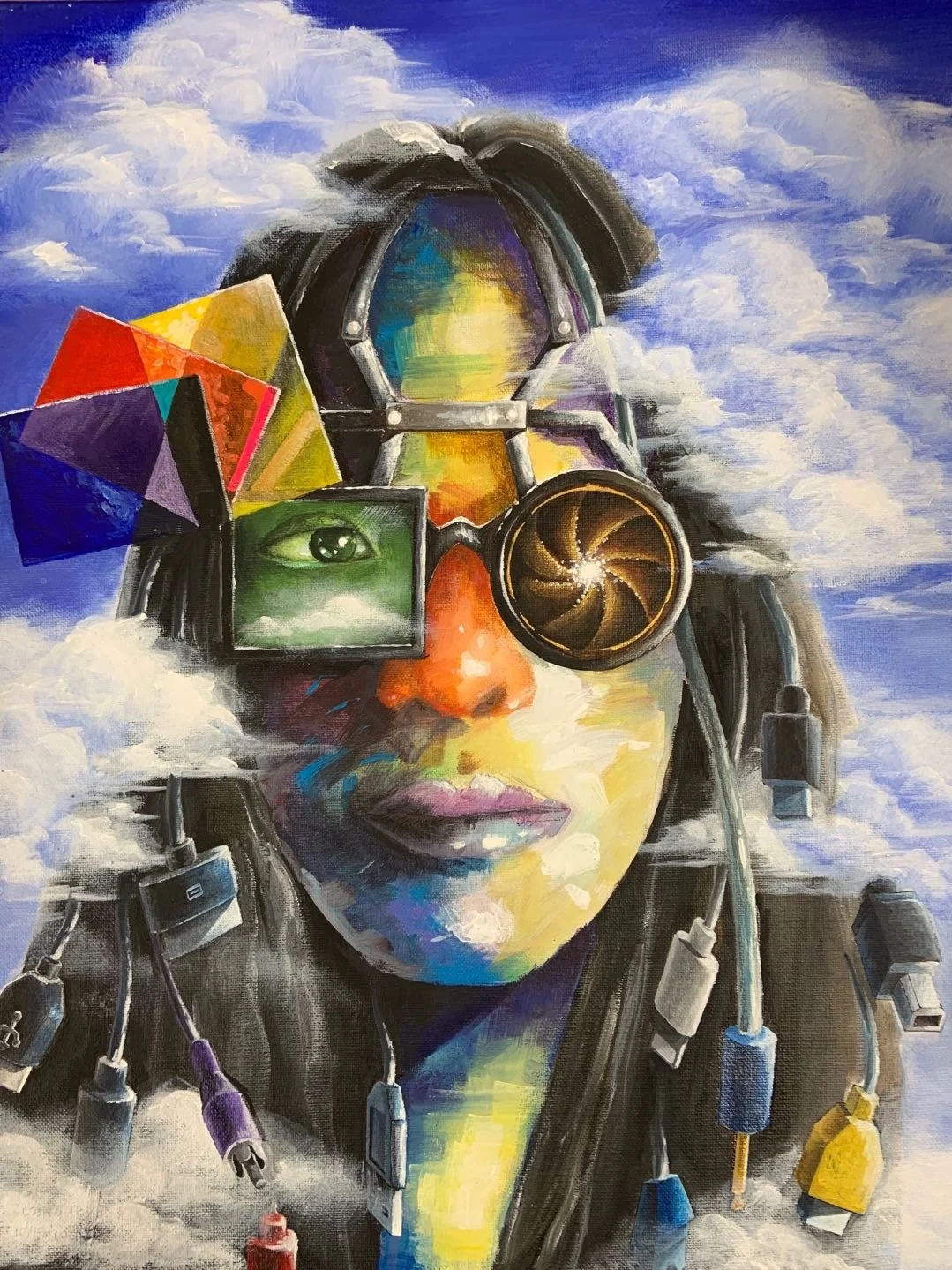
Fine and Performing Arts Program Core Principles
Much has been learned in the past few decades about the ways within which educators can give all children key arts experiences. Through creative practices, these experiences will help them understand what it means to be artistically literate, and how that literacy can enrich their education and lives with 21st century skills developed through the arts.
1 - Engagement in Authentic Experiences
Artistic literacy requires that they engage in artistic creation processes directly through the use of appropriate materials and in appropriate spaces.
2 - Engagement in the Four Artistic Processes
A student engaged in creative practices:
Creates artistic ideas or work.
Performs, produces, or presents artistic ideas or work.
Responds to artistic ideas or work.
Connects art to other knowledge, personal experience, or societal context.
Creative practices:
Evoke deep, meaningful engagement in the arts.
Can be fluid, though there is purpose and meaning to the order in which they occur.
Vary from person to person, project to project, and moment to moment.
Require intense cognition that can be developed through arts engagement.
3 - Engagement in Critical Thinking
Working within the National Core Arts Standards, arts educators encourage their students to apply critical thinking to the artifacts and processes that they find most compelling.
4 - Engagement in Problem-Solving
Students who actively study the arts engage in and develop a disciplined, step-by-step approach to problem-solving by creating, realizing, and understanding art.
5 - Engagement in Communication
Students will learn to articulate thoughts and ideas effectively using oral, written, and nonverbal communication skills in a variety of forms and contexts. Students will also learn to Communicate effectively in diverse environments (including multi-lingual).
6 - Engagement in Collaboration
Standards-based arts instruction, by its very nature, engages students in collaboration. Students develop, implement, and communicate new ideas to others effectively.
7 - Engagement in Performance Assessments
Students and educators will evaluate creative work and performances with established rubrics.
8 - Engagement in Productive Partnerships with Home and the Community
Arts students have many opportunities to engage with the community at large through presentations, shows, performances, civic events, and learning experiences both in and out of the school building.
